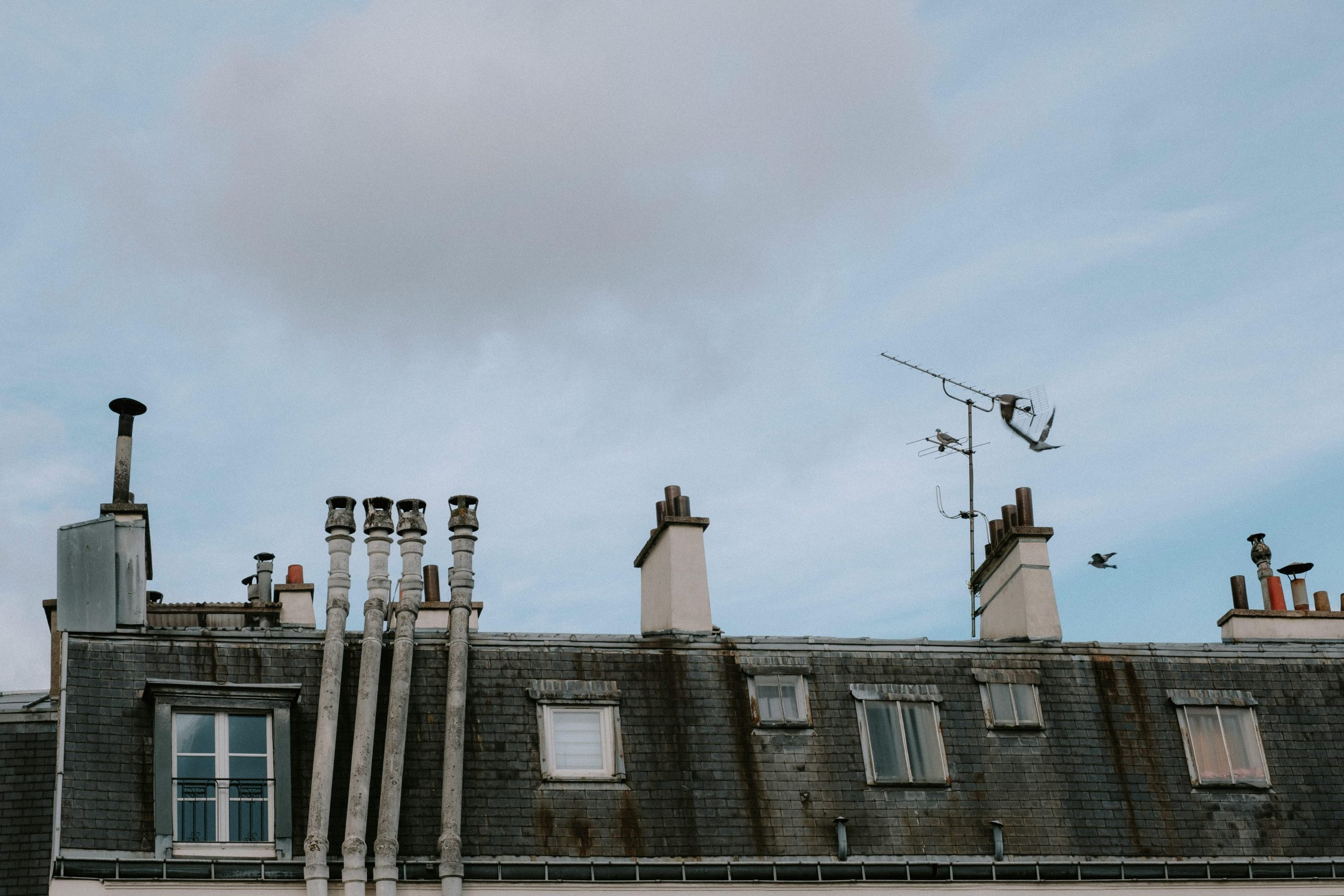Doing your own DIY antenna installation can sound like a quick weekend project — until your screen starts freezing or showing “no signal.” While it might seem easy at first glance, small mistakes can lead to weak reception, safety risks, and more frustration than you expected. Let’s look at the most common DIY errors people make when installing antennas — and how you can avoid them for a clearer, stronger signal.
1. Choosing the Wrong Antenna for Your Area
One of the biggest issues with home TV antenna setup is using the wrong antenna type. If you live far from broadcast towers or in a rural area, an indoor antenna won’t deliver a strong signal. Urban homes may need compact directional antennas, while regional properties often require outdoor or amplified versions.
Before buying, check the signal coverage in your area using tools like Australian Communications and Media Authority’s TV coverage maps. This helps you pick the right model for your location and avoid unnecessary reception problems.
2. Poor Antenna Alignment and Positioning
A well-chosen antenna won’t help much if it’s pointed the wrong way. Many DIYers forget to align the antenna toward the broadcast transmitter. Even being a few degrees off can lead to pixelation and missing channels.
Make sure your antenna has a clear line of sight to the tower. Avoid placing it behind trees, metal roofs, or walls that can block or reflect signals. You can use a compass or a smartphone app to align it correctly and test different positions for the best reception.
3. Ignoring Cable Quality and Connections
Your antenna setup is only as strong as your cables. Using poor-quality or old coaxial cables can cause signal loss before it even reaches your TV. Loose connections or water-damaged cables are also common culprits for reception problems.
To prevent this, use high-quality RG6 coaxial cables and weatherproof connectors if your antenna is outdoors. Check that every cable connection is tight and corrosion-free. Over time, inspect for wear and replace any damaged cables to maintain signal strength.
4. Forgetting Grounding and Weatherproofing
Many people skip grounding because it feels “too technical,” but it’s one of the most important safety steps in DIY antenna installation. Without grounding, your antenna can attract lightning or static buildup, which could damage your equipment or pose a fire risk.
In addition, always seal cable entry points and use UV-resistant mounts to protect against weather damage. The Australian Building Codes Board provides safety standards for external installations, which are worth reviewing before you start.
5. Overlooking Signal Amplifiers and Splitters
If you’re connecting multiple TVs or have long cable runs, you might experience a weak signal. Many DIY installers forget that adding a signal booster or using the wrong splitter type can affect performance. Using too many splitters without amplification reduces signal quality across your home.
Use a powered signal amplifier only when necessary, and make sure all splitters are high-bandwidth rated for digital TV. This simple step can make a noticeable difference in reception clarity and channel stability.
Final Thoughts
DIY projects can be rewarding, but when it comes to antennas, one small mistake can lead to hours of troubleshooting. Avoiding these five common errors will save you time and ensure better performance from your system.
If you’ve tried everything and still can’t get a stable picture, it might be time to bring in professionals. The experts at Brocky’s TV provide reliable antenna installation, alignment, and signal testing across Australia — helping you enjoy crystal-clear reception without the hassle.

